Scenes of women buying jewelry on Hang Bac Street, people gathering at Buoi Market... in the late 19th and early 20th centuries were recorded through the lens of foreigners.

Workers in the Cho Dien mineral mine - a lead-zinc mine in Ban Thi commune, Cho Don district, Bac Kan - early 20th century. The photo was published in "Vietnam Cultural History Outline" - a famous book by scholar Dao Duy Anh (1904-1988), which has just been reprinted in hardcover. The publication has many illustrations compiled from contemporary magazines.

A woman buys jewelry at Chan Hung gold shop on Hang Bac street, Hanoi. Hang Bac street was formed in the early Le dynasty - around the 15th century. During the Nguyen dynasty, many goldsmiths gathered here, creating many famous jewelry items. Today, Hang Bac is a bustling street in Hanoi, attracting many traders and tourists .

A Buoi market meeting. In the early 20th century, Buoi market was a large market in Yen Thai village, meeting six times a month on the 4th, 9th, 14th, 19th, 24th and 29th of the lunar calendar.
Outline of Vietnamese Cultural History was first published in 1938. Since its release, the book has been considered the first comprehensive and systematic history of Vietnamese culture from its beginnings to 1938. Together with "An Nam Civilization" (La Civilization Annamite, 1944) by Nguyen Van Huyen, the two works became the first scientific works laying the foundation for the formation of modern Vietnamese cultural studies.

Calligraphers selling calligraphy during Tet. The Vietnamese custom of asking for calligraphy has existed since ancient times, associated with every Tet holiday and spring. Vietnamese people ask for calligraphy to hope for a new year with everything going as planned, and for themselves and their families to be better and more prosperous.

Mechanical products display booth at the fair in Hanoi in 1928.

Children in Hanoi buy lanterns for the Mid-Autumn Festival.

A corner of Dong Xuan market, Hanoi in the early 20th century.

Scene of a Nam Giao ceremony during the Nguyen Dynasty. The Nam Giao and Xa Tac ceremony was the most important ceremony under the monarchy, held annually. Only the king was allowed to preside over the ceremony, representing all the people to worship heaven and earth, demonstrating the authority of the Emperor following the order of heaven to rule the country. The ceremony was held after midnight at the Nam Giao altar (Hue) to ensure spirituality.

An outdoor art lesson - illustration published in the magazine L'Illustration, 1910.

The book also introduces images of famous relics in the country, such as the Cham towers in Binh Dinh. Currently, Binh Dinh has many thousands of years old Cham towers, rich in art and architecture, and the most beautiful sculptures in the country.

Bao An Pagoda in Hanoi in the 19th century, taken by Émile Gsell (1838-1879) - one of the first French photographers to come to Vietnam. The pagoda once existed on the shore of Hoan Kiem Lake, built in 1842 by Hanoi Governor Nguyen Quang Giai with donations. After its inauguration, the pagoda had the largest scale in Hanoi at that time with 36,000 m2 of land, including 150 rooms and 36 roofs. In 1892, the pagoda was destroyed to build a post office and a bank, leaving only Hoa Phong tower behind the pagoda (on Dinh Tien Hoang street today).


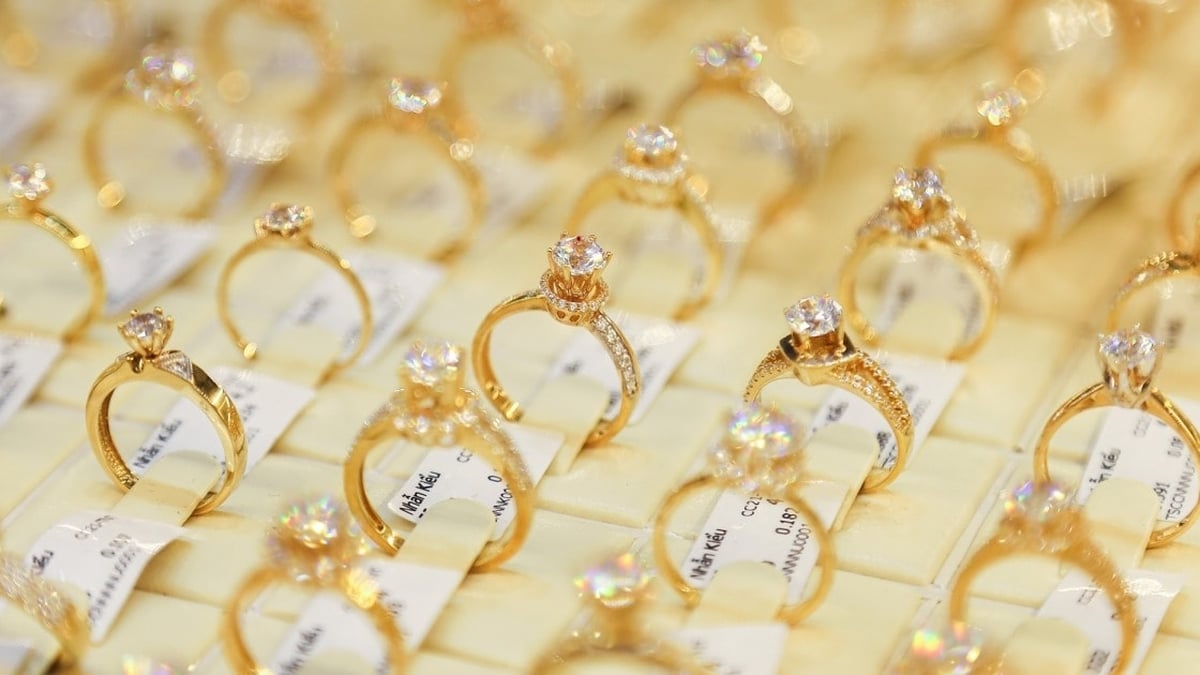
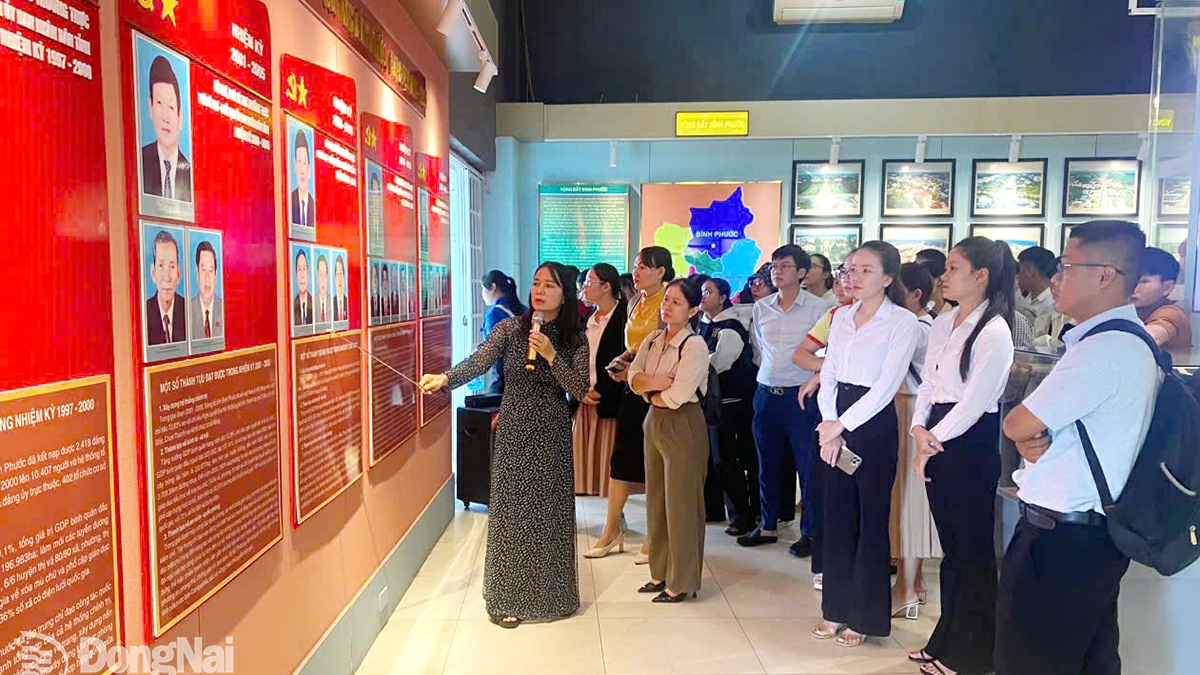
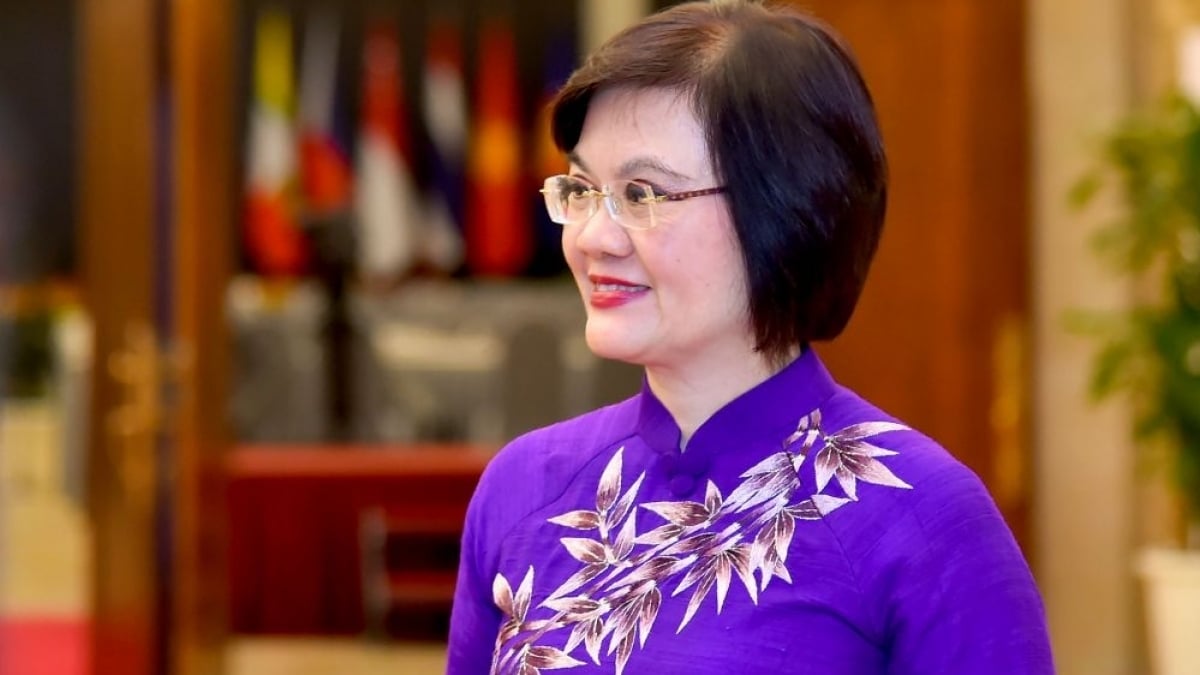

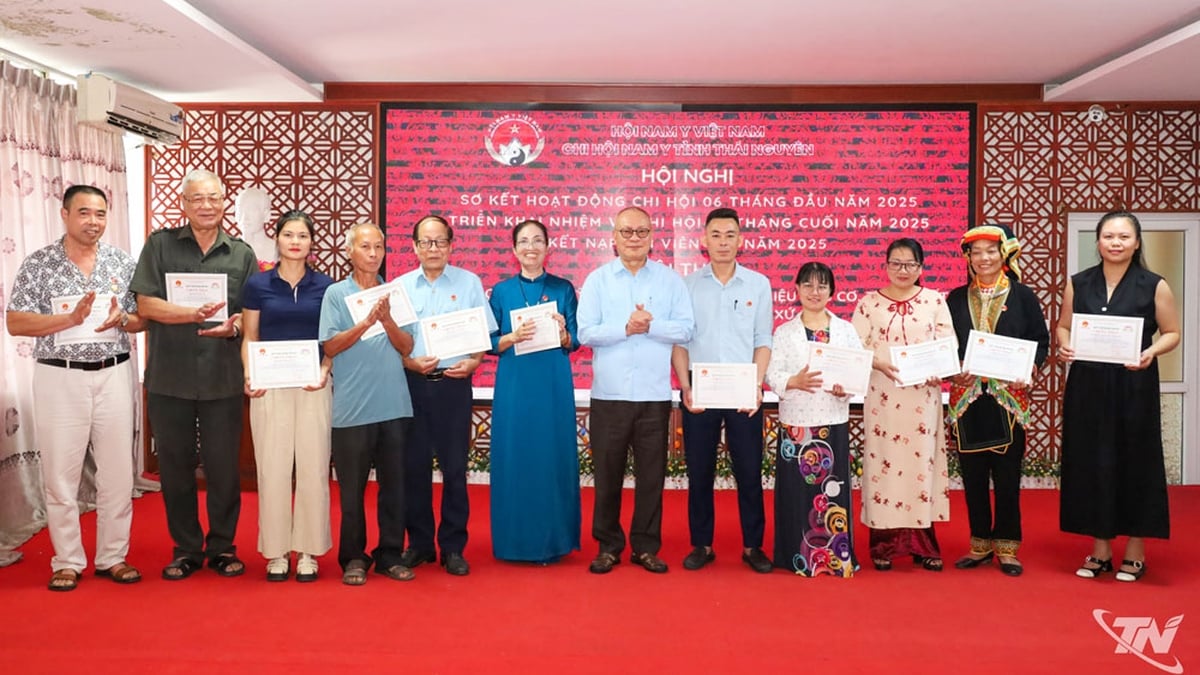



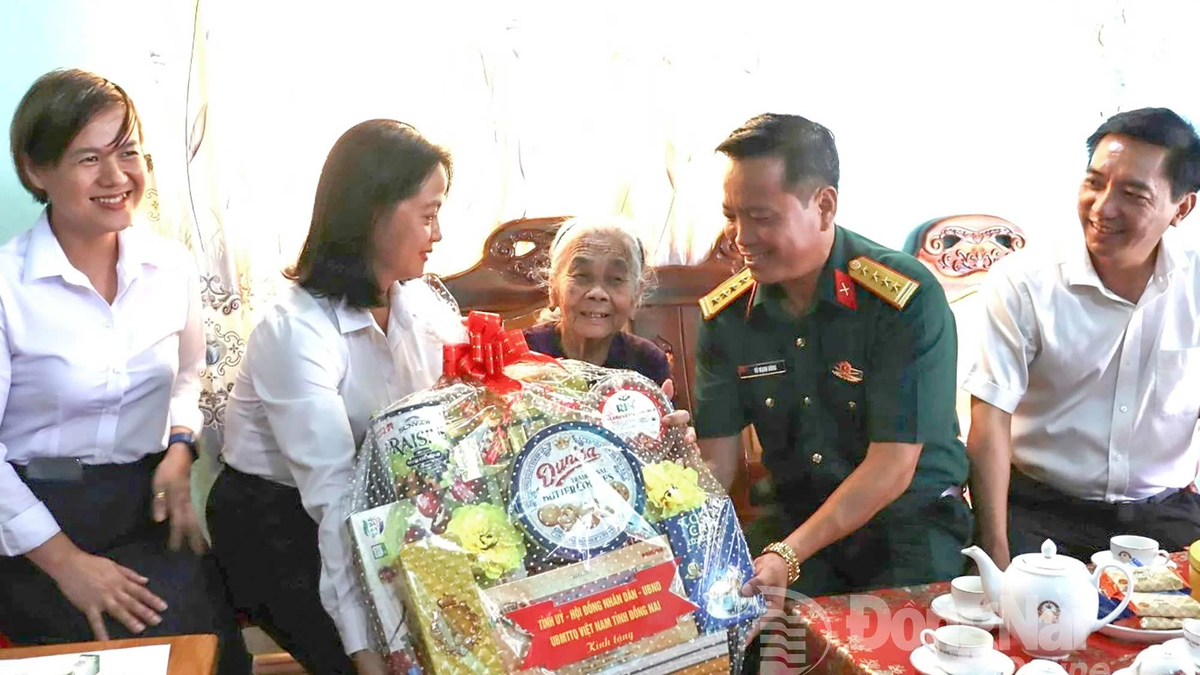






























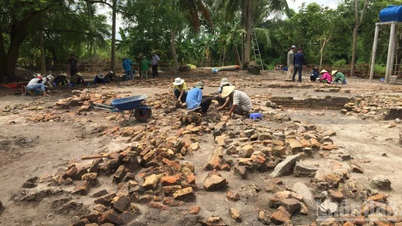












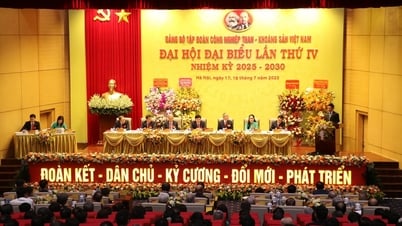









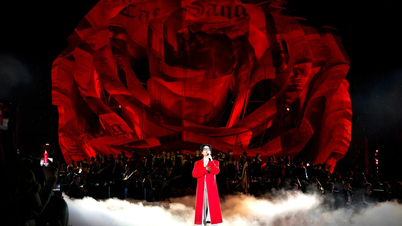


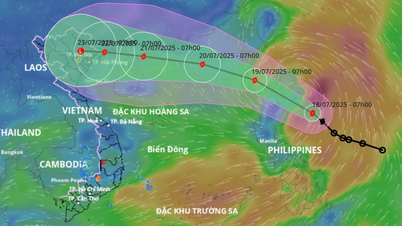
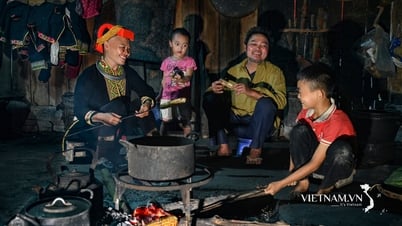
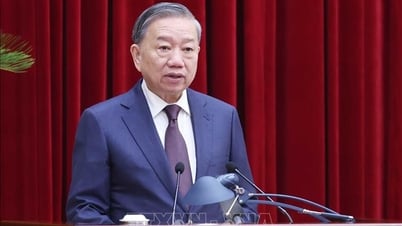

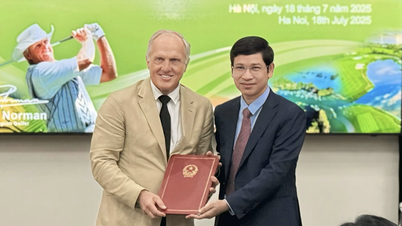




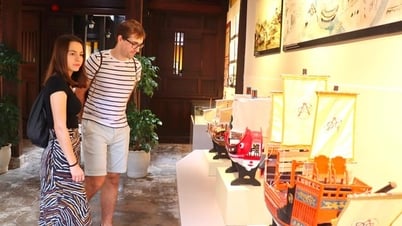

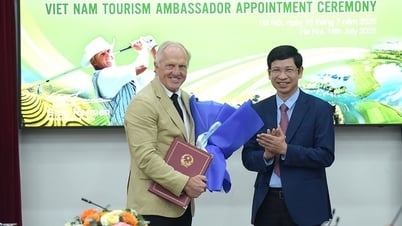



















![[Infographic] In 2025, 47 products will achieve national OCOP](https://vphoto.vietnam.vn/thumb/402x226/vietnam/resource/IMAGE/2025/7/16/5d672398b0744db3ab920e05db8e5b7d)





Comment (0)